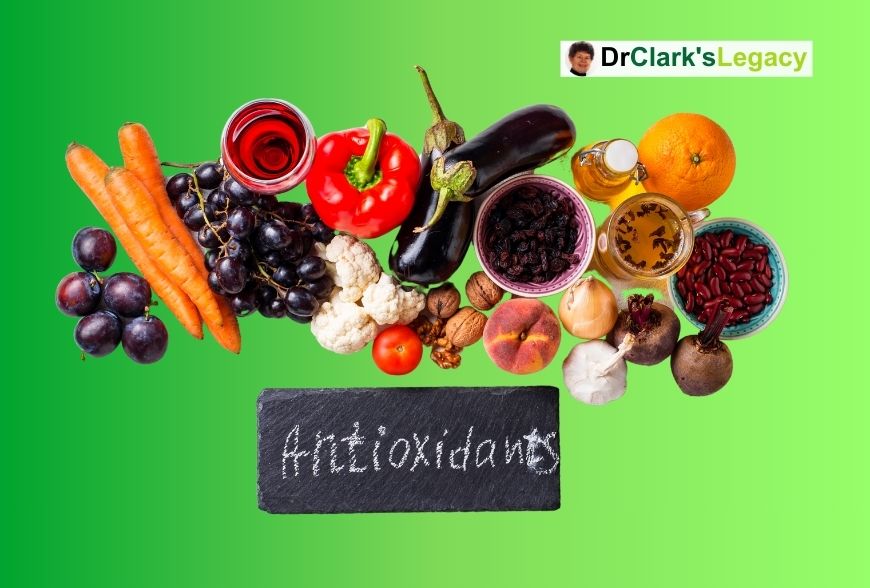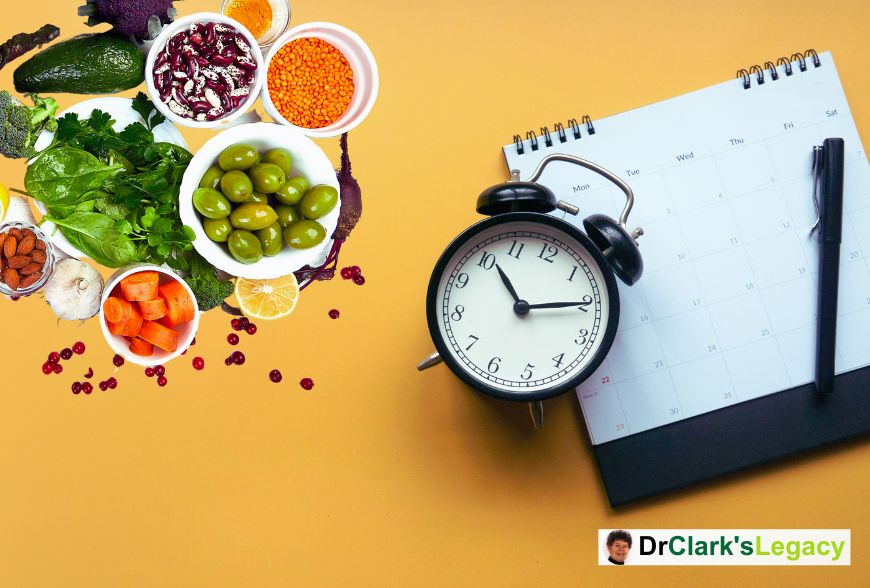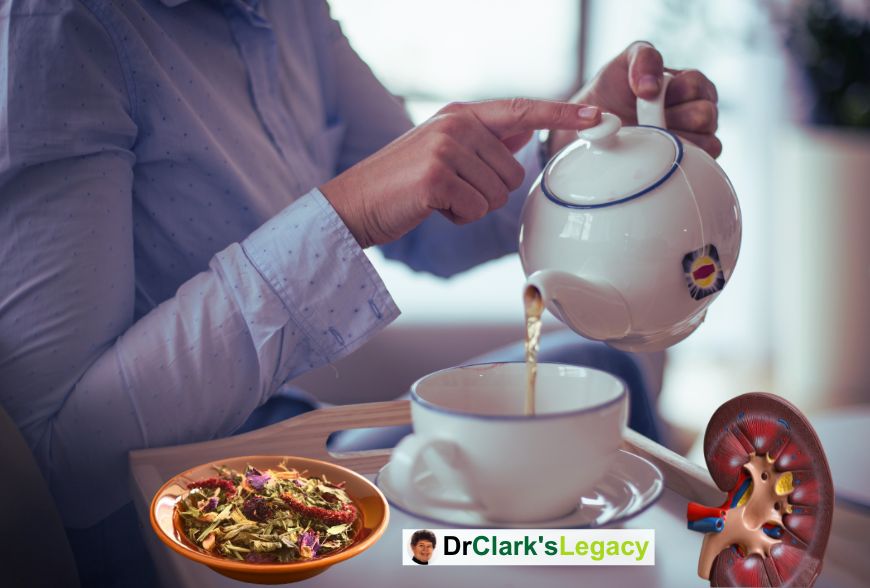Have you ever paused to ponder the intricate mechanisms of your digestive system? From the moment you savor a bite of food, a sophisticated series of processes spring into action to break down that morsel and extract the essential nutrients your body craves. The key digestive organs of the human body play a pivotal role in this intricate dance, collaborating seamlessly to ensure you obtain the sustenance necessary for optimal functioning. In this blog post, we will delve deeply into the inner workings of these organs, investigating their functionality and the indispensable roles they perform in the digestive journey. So, grab a cup of tea and prepare to embark on a voyage through your digestive system – you might just emerge with a newfound admiration for the remarkable machinery that sustains your well-being.
Digestive system
The digestive system consists of the gastrointestinal tract, also known as the GI tract, along with the liver, pancreas, and gallbladder. The GI tract is a complex network of hollow organs forming a twisting tube from the mouth to the anus. These hollow organs include the mouth, esophagus, stomach, small intestine, large intestine, and anus. Meanwhile, the liver, pancreas, and gallbladder are the solid components of this system.
The small intestine is divided into three sections: the duodenum, jejunum, and ileum. On the other hand, the large intestine comprises the appendix, cecum, colon, and rectum. The appendix is a finger-shaped pouch connected to the cecum, which serves as the initial segment of the large intestine. Following the cecum is the colon, with the rectum marking the conclusion of the large intestine.
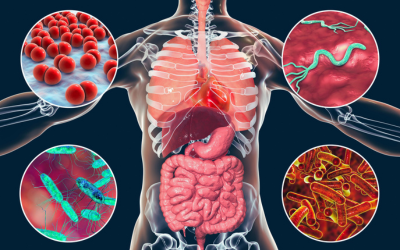
The bacteria in your GI tract, known as gut flora or microbiome, play a vital role in digestion. Additionally, components of your nervous and circulatory systems, along with hormones and blood, work in harmony. This collaborative effort among nerves, hormones, bacteria, blood, and digestive organs ensures the breakdown of the foods and liquids you consume daily.
Overview of the main digestive organs (Including the mouth, esophagus, stomach, small intestine, and large intestine)
The key components of your digestive system, referred to as the gastrointestinal tract, include your mouth, esophagus, stomach, small intestine, large intestine, and anus. Supporting these GI organs are the pancreas, gallbladder, and liver.
Here’s how these organs work together in your digestive system.
Our digestive system is a complex network of organs that work together to provide us with essential nutrients and energy. The main digestive organs include the mouth, esophagus, stomach, small intestine, and large intestine. Each of these organs plays a vital role in breaking down the food we eat into smaller components that our bodies can absorb. The process starts in the mouth, where enzymes begin to break down carbohydrates and lipids. The food then travels to the esophagus, which connects the mouth to the stomach. In the stomach, gastric juices break down proteins, and the partially digested food moves on to the small intestine, where nutrients are absorbed into the bloodstream. Finally, the waste material enters the large intestine, where water is absorbed, and solid waste is eliminated from the body. Each of these organs is unique and serves an essential function in ensuring our overall well-being.
Mouth
The mouth serves as the entry point to the digestive system. Interestingly, the process of digestion initiates even before you take a bite. Upon encountering the aroma of a pasta dish or the sight of warm bread, your salivary glands spring into action. Once you begin eating, you chew your food into smaller, more digestible pieces. Saliva then combines with the food to start breaking it down into a form that your body can absorb and utilize. Upon swallowing, your tongue guides the food to your throat and down the esophagus.
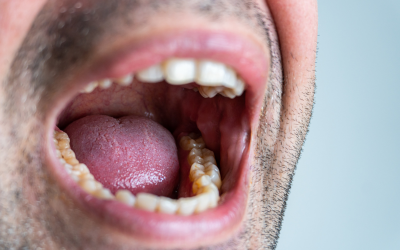
Esophagus
Situated in your throat near the trachea (windpipe), the esophagus accepts food from your mouth upon swallowing. To prevent choking (when food enters the windpipe), the epiglottis, a small flap, folds over the windpipe during swallowing. Peristalsis, a series of muscular contractions within the esophagus, propels food to the stomach.
Before food reaches the stomach, the lower esophageal sphincter, a ring-like muscle at the esophagus’s base, must relax to allow passage. Subsequently, the sphincter contracts, blocking the stomach’s contents from regurgitating into the esophagus. Failure to do so may result in acid reflux or heartburn.
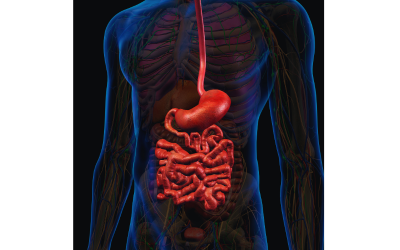
Stomach
The stomach, a hollow organ or “container,” houses food as it mixes with stomach enzymes. These enzymes further break down food for absorption. Special cells in the stomach lining produce potent acid and enzymes essential for digestion. Once processed adequately, the stomach releases the contents into the small intestine.

Pancreas
The pancreas secretes digestive enzymes into the duodenum to break down proteins, fats, and carbohydrates. Additionally, it produces insulin, which is released directly into the bloodstream. Insulin plays a crucial role in metabolizing sugar, making it the primary hormone for this function in the body.
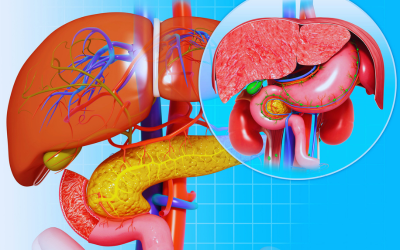
Liver
The liver, known for its multifaceted roles, primarily processes nutrients from the small intestine in the digestive system. Bile secreted into the small intestine by the liver aids in digesting fat and certain vitamins.
Functioning as your body’s chemical “factory,” the liver transforms absorbed raw materials into the array of chemicals essential for bodily processes. Additionally, it acts as a detoxifier, eliminating harmful substances by breaking down and expelling drugs that may pose toxicity risks.
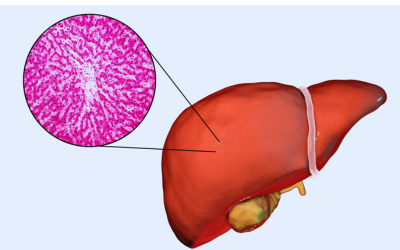
Small intestine
Comprising three segments – the duodenum, jejunum, and ileum – the small intestine is a 22-foot long muscular tube that enzymatically breaks down food with the assistance of pancreatic enzymes and liver bile. Peristalsis aids in the movement and mixing of food with digestive secretions from the pancreas and liver.
The duodenum, the initial segment of the small intestine, plays a significant role in the ongoing breakdown of food. Further along in the jejunum and ileum, nutrient absorption into the bloodstream predominates.
Initially semi-solid, the contents of the small intestine transform into a liquid state as they traverse the organ. Water, bile, enzymes, and mucus collectively contribute to this change in texture. Once nutrients are absorbed and the residual liquid passes through the small intestine, it proceeds to the large intestine (colon).

Gallbladder
The gallbladder stores and concentrates bile produced by the liver before releasing it into the duodenum of the small intestine. This process aids in the absorption and digestion of fats.
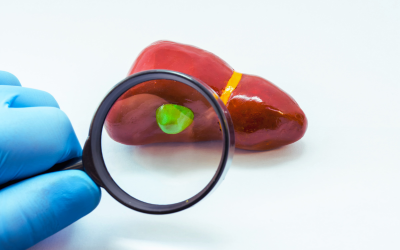
Colon
The colon, as described by the Cleveland Clinic, plays a crucial role in waste processing to facilitate bowel movements. This 6-foot muscular tube links the small intestine to the rectum.
Comprising the cecum, ascending (right) colon, transverse (across) colon, descending (left) colon, and sigmoid colon, which connects to the rectum, the colon guides stool through peristalsis from a liquid to solid state while extracting water. Stool is held in the sigmoid colon until triggered for elimination into the rectum once or twice daily.
On average, it takes 36 hours for stool to traverse the colon, primarily consisting of food remnants and beneficial bacteria. These helpful bacteria aid in vitamin synthesis, waste breakdown, and defense against harmful bacteria. As stool accumulates in the descending colon, it is released into the rectum for expulsion through a bowel movement.

Rectum
The rectum is an 8-inch channel that links the colon to the anus. Its function is to receive stool from the colon, signal the need for evacuation, and retain the stool until it is ready to be expelled. Sensors in the rectum alert the brain when there is stool or gas present. The brain then determines whether the rectal contents should be released. If so, the sphincters relax, allowing the rectum to contract and expel the contents. If release is not appropriate, the sphincter contracts, and the rectum adjusts to alleviate the sensation temporarily.
Anus
The anus marks the endpoint of the digestive tract, comprising a 2-inch canal formed by the pelvic floor muscles and two anal sphincters (internal and external). The upper anus lining can sense rectal contents, distinguishing between liquid, gas, or solid materials. Encircled by sphincter muscles, the anus plays a crucial role in controlling stool passage. The pelvic floor muscle forms an angle between the rectum and anus, preventing untimely bowel movements. The internal sphincter remains taut, relaxing only when stool is present in the rectum, ensuring continence during sleep or unawareness. When feeling the urge to use the bathroom, the external sphincter retains the stool until reaching a toilet, then loosening to expel the contents.
Importance of maintaining a healthy diet for optimal digestive function
The human digestive system, a sophisticated network of organs, plays vital roles in maintaining overall health. Key digestive organs like the mouth, esophagus, stomach, small intestine, large intestine, liver, gallbladder, and pancreas collaborate to process nutrients and eliminate waste. For this intricate system to work efficiently, a healthy diet is crucial. Our food choices not only nourish but also support these digestive organs. Hence, it’s imperative to consume fiber-rich, vitamin-packed foods while steering clear of processed and high-fat options. Embracing a wholesome diet ensures optimal digestive function and enhances overall well-being.
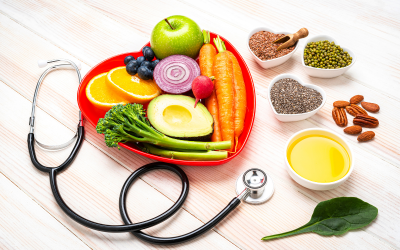
Tips for improving digestion, such as staying hydrated and incorporating probiotics into your diet
If you have a medical condition, consult your healthcare provider for guidance on maintaining your health and managing the condition. Here are some general tips to promote a healthy digestive system:
- Stay Hydrated: Drinking water regularly aids in the smooth flow of food through your digestive system. Dehydration, caused by low water levels in your body, is a common factor leading to constipation.
- Incorporate Fiber into Your Diet: Fiber aids digestion and promotes regular bowel movements. Ensure a balance of soluble and insoluble fiber in your meals.
- Incorporate foods rich in **probiotics**** or consider probiotic supplements**: Probiotics are beneficial bacteria that combat harmful bacteria in your gut while producing nourishing substances for gut health. Consuming probiotics can be particularly beneficial post-antibiotic use, as antibiotics often eradicate both harmful and beneficial gut bacteria.
- Maintain a balanced diet: Include multiple servings of fruits and vegetables daily. Opt for whole grains instead of processed ones and minimize the intake of processed foods. Prioritize poultry and fish over red meat, and reduce consumption of deli meats. Keep sugar intake to a minimum.
- Exercise: Engaging in physical activity and utilizing gravity aid in the movement of food through your digestive system. For instance, going for a walk post-meal can enhance the digestion process, making it smoother for your body.
- Refrain from alcohol and smoking: Alcohol can elevate stomach acid levels, leading to heartburn, acid reflux, and stomach ulcers. Smoking nearly doubles the likelihood of experiencing acid reflux. Studies indicate that individuals with digestive problems who quit smoking observe enhanced symptoms.
- Practice mindful eating and chew thoughtfully: Eating at a slower pace provides your body with the necessary time to properly digest food and signal fullness. Thoroughly chewing your food is crucial as it aids in generating sufficient saliva for digestion. Additionally, complete mastication facilitates optimal nutrient absorption by your digestive system.
- Manage Stress Effectively: Stress can lead to digestive problems like constipation, diarrhea, and IBS.
Temporary conditions and chronic diseases impacting the digestive system can vary in duration. Occasional issues like constipation, diarrhea, or heartburn are common. However, frequent experiences of these symptoms may indicate an underlying disorder. It is crucial to consult a healthcare professional promptly for appropriate medical attention and treatment.If you frequently have symptoms like constipation, diarrhea, vomiting, stomach pain, cramps, excessive gas, or heartburn, reach out to your healthcare provider. Although these issues may occur occasionally for most people, persistent occurrence could indicate a more significant digestive problem.



